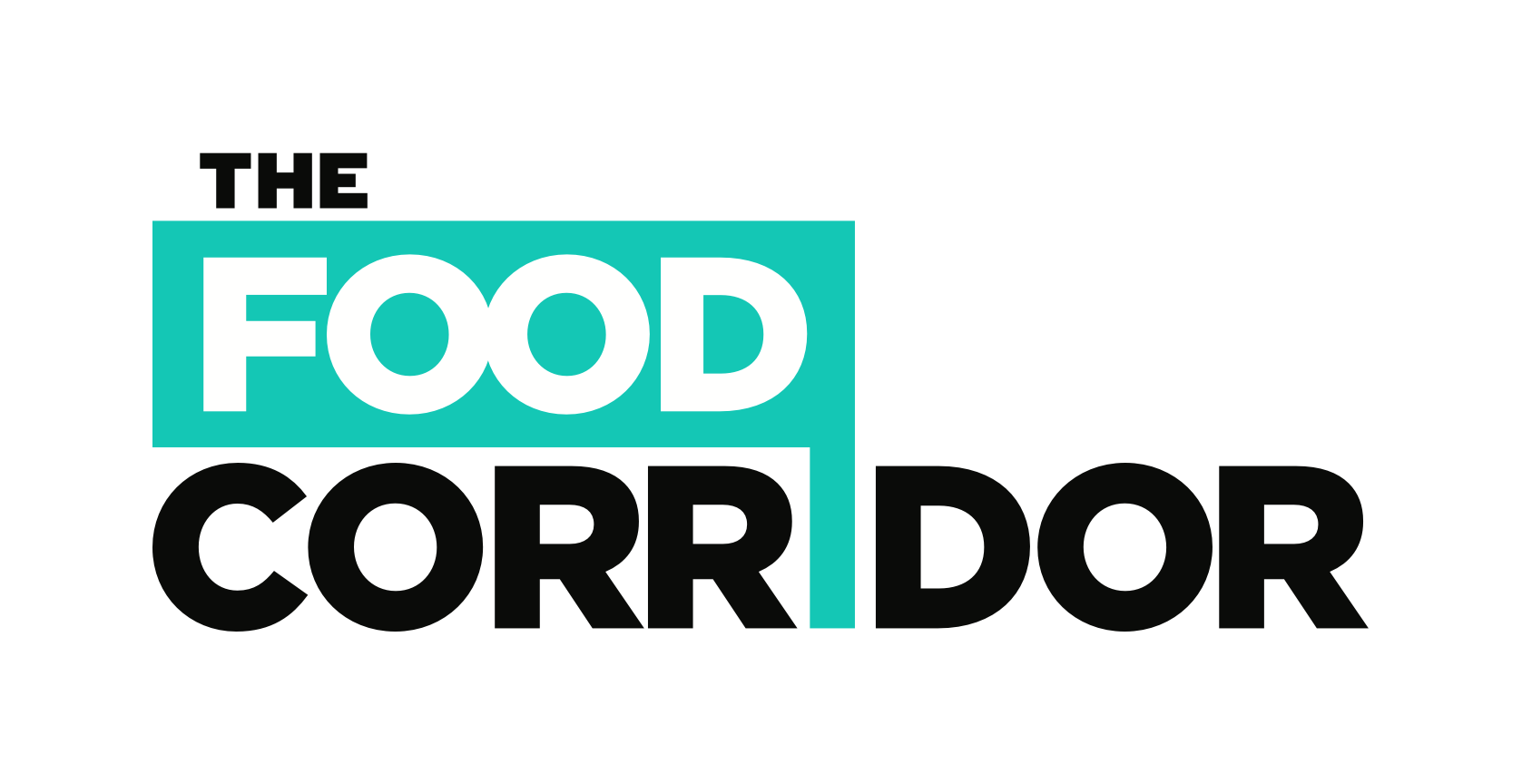When Paul returned to upstate New York to join his family’s real estate business, he didn’t plan on launching a shared-use kitchen. Let alone one in a former General Motors training facility. But today, Clarence Creative Kitchen—a vibrant, mid-century modern space in Buffalo, NY—is one of his proudest projects.
“That’s life. You never know exactly what’s gonna happen or where you’re gonna end up. If you’d asked me 10 years ago what I’d be doing, I never would’ve guessed I’d be running a ghost kitchen.”

A Cafeteria, a Concept, and a Chance
The building that houses Clarence Creative Kitchen was originally constructed in the 1960s as a GM training center. It has the bones of a school: red quarry tile floors, beige ceramic walls, an auditorium for presentations, and a large kitchen that once served students lined up with trays.
Stephen Development, the real estate firm founded by Paul’s father and uncle, bought the building during the pandemic. It was meant to be headquarters—warehouse space for their vehicle fleet, offices, storage. But that long-dormant kitchen? It sparked an idea.
“It looked just like every elementary school kitchen—metal serving window and all. But it was structurally sound. So we thought… what if we brought it up to code and gave it a new life?”

They did just that. With some key upgrades—a commercial hood, fire suppression system, and health department licensure—the space transformed into a certified commissary kitchen. What started as an adaptive reuse project quickly became a grassroots hub for food entrepreneurs in Buffalo.
“We launched without a name, no marketing budget—just word of mouth. Then we started upgrading: added a dishwasher, mixers, walk-in coolers. Eventually, we launched our Instagram.”
From Passion Project to Platform for Growth
Paul refers to the kitchen as his “baby.” Though it’s only a small slice of Stephen Development’s overall portfolio, he spends most of his time on it—and for good reason. It’s not just real estate. It’s a platform for people to start something.
“I love seeing our clients grow. Some start as solo founders, and now they’re hiring teams. That’s the most rewarding part.”
In less than a year, one of their tenants, The Muffin Man of Buffalo began expanding wholesale distribution of its gourmet muffins into local restaurants. Now Muffin Man owner Len Grosso is opening a store front of his own.
As demand increased, so did the complexity. Managing long-term rentals and fixed schedules on spreadsheets wasn’t sustainable. People wanted flexibility. Some needed two hours a month. Others needed ten hours a week. Some just needed to prep and use the basics to stay compliant with New York’s food regulations.
That’s when Paul turned to The Food Corridor.
“It completely revolutionized how we do business. Before, it was all fixed monthly schedules. We had no way to support short-term or flexible bookings. Now, we can accommodate everyone.”
The Food Corridor Powers Operations
In the last year, Clarence Creative Kitchen has grown from about 7 long-term renters to over 30 active users—a 300% increase. And the difference isn’t just in numbers. It’s in operations.
“It used to be a 10-page lease and a manual deposit form. People paid by check. Now they just enter a credit card, and it’s like a Netflix subscription. When they need the kitchen, it’s there.”
With The Kitchen Door, Paul also gets regular leads from food entrepreneurs searching for kitchen space. And with The Food Corridor’s integrated tools, he can manage onboarding, billing, scheduling, and compliance in one place.
“Some of our renters schedule months in advance. Others change their hours weekly. Everyone uses it differently—and that’s the point. It’s easy for them, and easy for us.”

A Kitchen Built for All Kinds of Entrepreneurs
Clarence Creative Kitchen’s user base is as diverse as the businesses they serve. Food trucks. Vegan meal preppers. Bakers. Scone shops. Charcuterie startups. Soda makers. Muffin carts. Hot sauce fermenters. Nearly all are small businesses, and many are women-owned.
“We’re proud of how many woman-owned businesses use the space. That wasn’t intentional—it just happened. And it says something about the environment we’ve created.”
Unlike other shared-use kitchens, Clarence offers private, whole-kitchen rentals. No shoulder-to-shoulder prep zones. No time-sharing of ovens or counters.
“When you book your time slot, the kitchen is yours. You can put on a podcast, crank your music, do your thing. It’s your space.”
And coming soon: a second kitchen and a classroom space for demos, tastings, and cooking classes—designed to build deeper community among tenants and offer new ways for food entrepreneurs to engage with the public.
From Private Investigator to Kitchen Connector

Paul’s path to Clarence Creative Kitchen wasn’t linear. Before moving home, he spent a decade in New York City as a private investigator—working on corporate fraud and anti-money laundering cases. It was analytical. High-stakes. Structured.
Now, he runs a flexible kitchen space in Buffalo and helps small food businesses grow.
“It’s probably one of the most rewarding things I’ve ever done. And it’s only just beginning.”
📍 Clarence Creative Kitchen
Location: Buffalo, NY
Follow: @clarencecreativekitchen on Instagram
Find Them on The Kitchen Door


